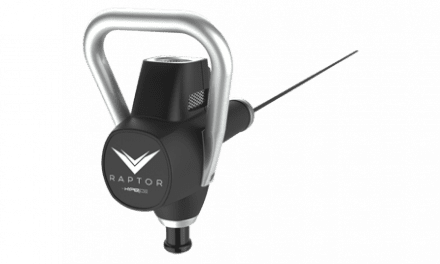Stroke patients who get professional rehabilitation training in their homes through live video consultations may recover their motor skills better than those who do their rehab in person with a therapist at an outpatient rehabilitation facility.
Remote rehabilitation may also promote greater brain connectivity, according to the study, published in Neurology, the medical journal of the American Academy of Neurology.
“During the pandemic, when travel and human contact might not be possible, it’s important to find out if it’s safe and effective for stroke patients to recover at home, using video consultations for their therapy.
“Our findings are exciting because they suggest remote rehabilitation programs may be more effective than in-person rehabilitation in two ways: on the physical level, with greater increases in physical mobility, and on the brain level, with increased functional brain activity.”
— study author Chuancheng Ren, PhD, of Fudan University in Shanghai, China
Telerehab Vs Conventional Outpatient Rehab
The study involved 52 people with stroke with paralysis on one side of their bodies who had their strokes an average of 2 weeks before the study. Half were randomly assigned to a home-based telerehabilitation group, half to a conventional outpatient group. All the participants did at least 12 weeks of rehab.
For both groups, each session included 60 minutes of occupational and physical therapy, plus 20 minutes of neuromuscular stimulation. All the participants were assessed for both motor function and brain changes at the start of the study, immediately after completion of the rehabilitative sessions and again 3 months later.
Researchers used a test that measures the recovery of motor skills in the arms and legs after stroke. In this test where an increase of at least 10 points is needed to show meaningful improvement, the group rehabilitating remotely scored an average of 11 points higher than they did at the beginning of the study, while the group receiving conventional in-person rehabilitation scored on average 5.3 points higher.
To measure changes in the brain, researchers used resting-state functional imaging. The remote training group increased their resting state brain connectivity compared to the conventional therapy group, a media release from the American Academy of Neurology explains.
“We believe the convenience of rehabbing at home may have helped study participants stick to their rehabilitation programs, and that in turn may have helped them recover motor skills better than their conventionally treated peers.
“Also, the home environment may have given people more opportunities to participate in, and learn from real-life family activities.”
— Chuancheng Ren, PhD
A limitation of the study is that there was no control group receiving no rehabilitation training, which would have allowed researchers to estimate the amount of recovery that might occur naturally, per the release.
[Source(s): American Academy of Neurology, EurekAlert]
Related Content:
Home-Based Telerehabilitation Can Also Be Effective for Stroke Patients
Measure Stroke Rehab and Recovery This Way
Penumbra’s REAL System for Stroke Recovery Features HTC VIVE Technology





